Issues are everywhere! To progress with software projects, businesses need a simple, effective workflow, which enables them to manage projects as well as handle their bugs. Jira, the most popular bug tracking software, is widely being used among businesses to enable digital teams to manage, report, track, and resolve bugs.
In addition, this cutting-edge software supports in agile project management and it allocates your team more time to make reliable software rather than struck with project management tasks. Let’s discuss the key features of this bug tracking software.
What is Jira?
Jira is a cloud- and subscription-based issue tracking tool but also designed to handle team coordination in agile software development as well. It offers a comprehensive suite of bug tracking throughout the entire software development lifecycle. This software makes teams work towards a common goal and facilitates planning, tracking as well as the release of the software. Begins with backlog & planning, this project management software allows you to outline the entire project progress and ensures collaboration with a multitude of tools.
Its release management features track projects across releases and offers comprehensive reports on progress and performance. This extremely flexible software provides pre-set templates for all functionalities and enables to alter them as per your team and enterprise needs.
As depicted below, the Atlassian’s Jira issue tracking software is completely based on three main concepts: Project, Issue, and Workflow.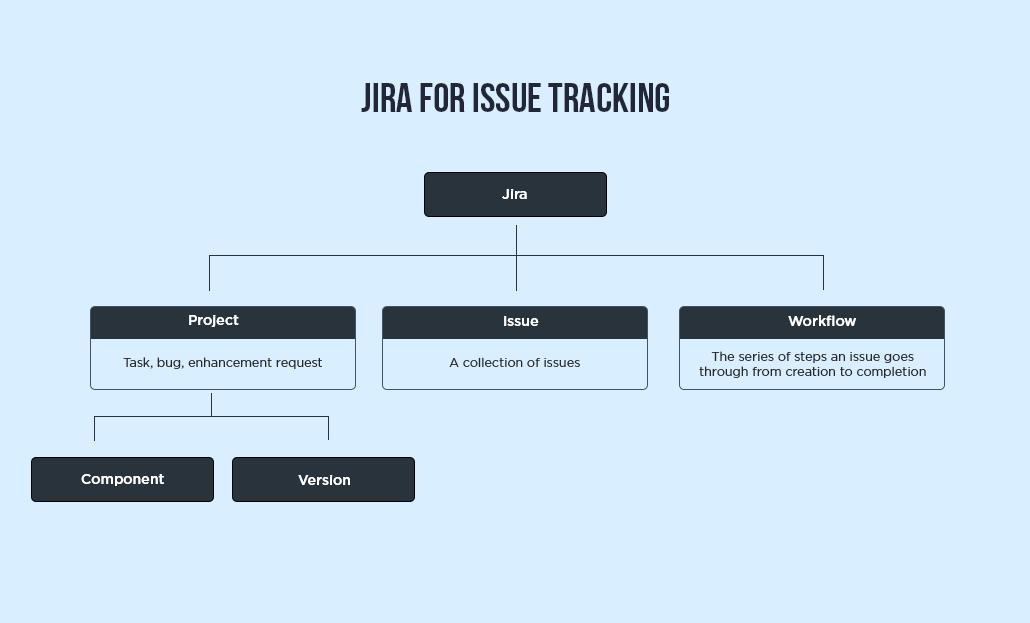
From the perspective of project management tool, Jira is designed to plan, track, release & report agile software development activities as explained below: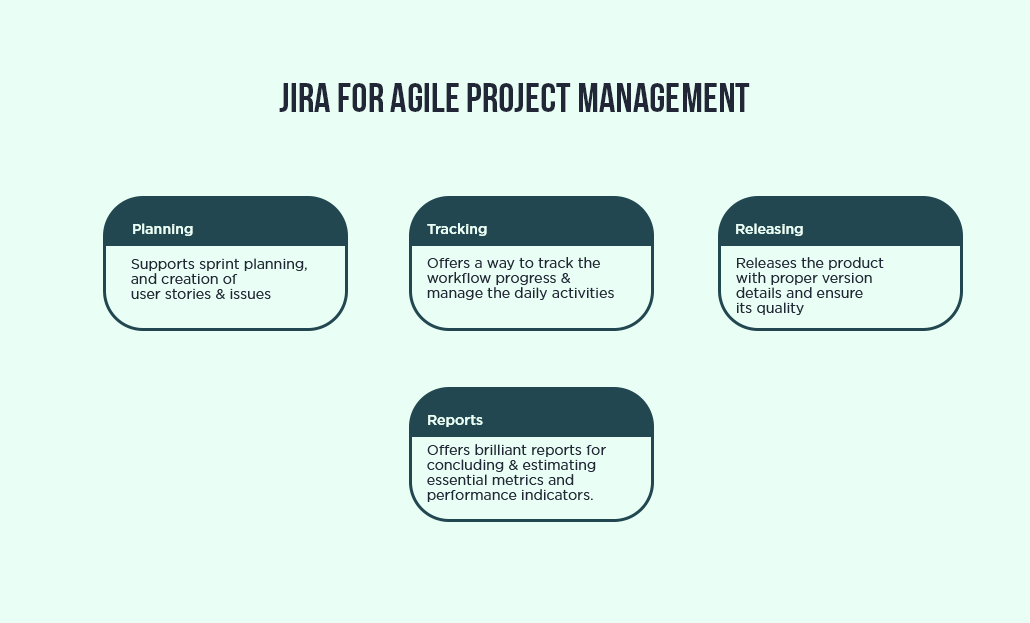
Jira software features include some additional agile functionalities and fully customizable Scrum and Kanban boards. It empowers you to estimate time for issues using backlog prioritization and robust reporting features.
Atlassian’s Jira Features
To be competent as one of the best project management tools of today, Jira brings a myriad of unique functionalities and features. Let us have look at the most dominant features:
1. Agile Development
Agile is the Jira’s fundamental application, and it offers the smooth utilization of all the features of Scrum boards and Kanban boards. Therefore, it can be used for a Scrum, Kanban and hybrid method like Scrumban as well. Whenever you begin a project, Jira asks you to select your project type: Kanban or Scrum. The moment you select, Jira creates a Scrum or a Kanban board to make your project continues.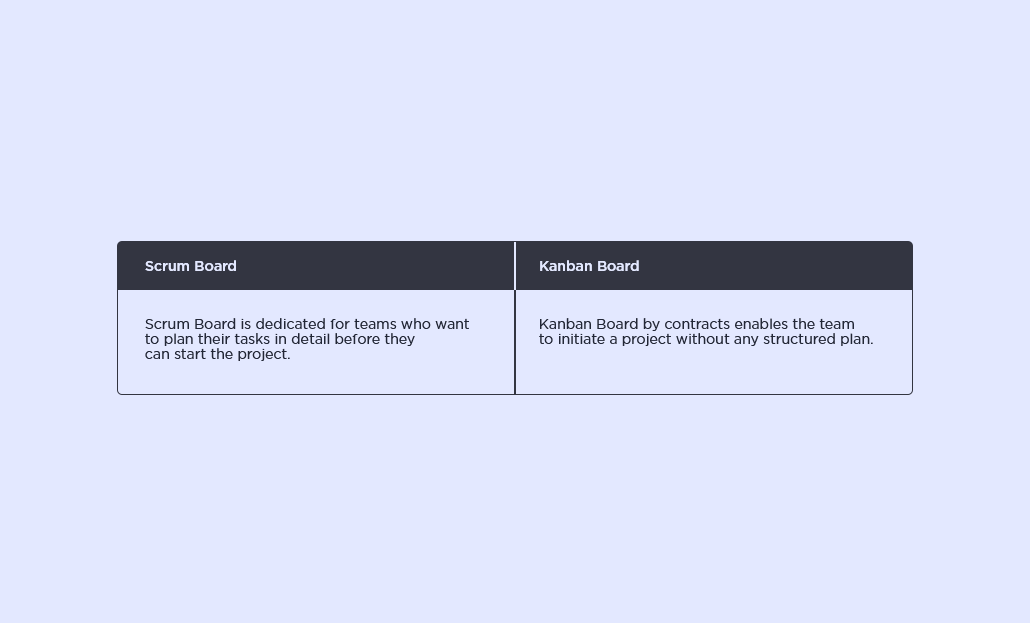
2. Jira Project Tracking
This issue tracking software tracks ongoing project at any stage. Using JQL, the customized query language of Jira allows you to filter or sort issues based on the various criteria. The sidebar allows accessing immediate details about planning, releasing, tracking, and reporting. With this flexible planning tool, you can create tasks and stories from any screen. In addition, the drag and drop feature makes it simple to create sprints and epics in the backlog.
3. Mobile Applications
In addition to desktop and on-premise system, the tool supports remote teams on diverse locations. The Jira project management tool comes with native mobile applications that are compatible with Android and iOS devices. Hence, users can stay online as well as engaged anytime.
4. Reports in Jira
Jira delivers the relevant information in a convenient format called reports. There are numerous reports available in JIRA, which enables you to gain visibility of the situation. In addition, these reports offer project statistics throughout the entire lifecycle. For example, the Burndown chart displays the actual as well as the estimated amount of work to be finished in the sprint.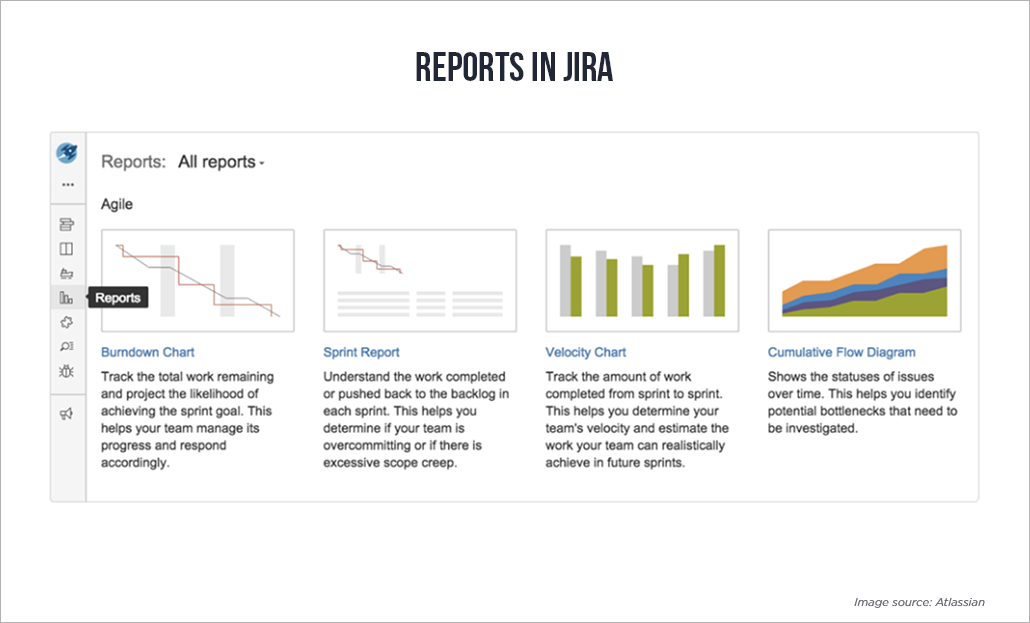
Various reports in the Jira software are as follows:
- Resolved vs. Created Issues Report
- Resolution Time Report
- User Workload Report
- Single Level Group by Report
- Version Report
- Pie Chart Report
- Average Age Report
- Velocity Chart
- Cumulative flow diagram
- Sprint Report
- Workload Pie Chart Report
5. Jira Security
The security settings of Jira bug tracking software restricts the access of certain bug to only those people who are allowed to work on the bug or a team member of the given security level. You can set your bug’s security level when it is created or when it is being edited. Likewise, there is a security feature like Default Permission Scheme. New projects are assigned under this scheme by default. In addition, the permission schemes allow you to make a set of permissions as well as apply the same to any project.
6. Unparalleled Connectivity with Jira Add-Ons
As the Jira is equipped with flexible Java APIs & REST, you can easily extend its power and make it function in line with your business terms. Moreover, the 800+ add-ons & plugins for Jira available in the Atlassian Marketplace allow you to control everything about a product. The popular add-ons for Jira are:
- JIRA Toolkit Plugin
- ScriptRunner for JIRA
- Suites utilities for JIRA
- JIRA Charting Plugin
- Portfolio for JIRA
- JIRA Misc Workflow Extensions
- Zephyr for JIRA – Test Management
- Tempo Timesheets for JIRA
- Atlassian REST API Browser
7. Great Product Integrations
The integration features of Jira software make the software development simpler and easier together with other tools including Atlassian tools like Confluence. You can also keep your development and IT team integrated for fast issue resolutions by integrating Jira software with Jira Service Desk.
The Jira integrations currently offered by the vendors are as follows:
- Salesforce Sales Cloud
- Service Desk
- Balsamiq
- Zendesk
- Zephyr
- Tempo
- EazyBI
- Gantt-Chart for JIRA
- Atlassian Confluence
- GitHub
- Gliffy
- nFeed
8. Issue Creation
Thanks to Jira, with issue creation, now no need to copy from the user’s emails to excel sheet anymore. Jira features support in creating tasks, feature requests, bug reports, and helpdesk tickets. There are two convenient ways to create issues:
- Emails - Sending a mail to a pre-configured email address
- Web – Filling the form given on the respective web page
In addition, you can use various customizable items for issues types.
 9. Roadmaps
9. Roadmaps
Jira project management includes roadmap where users can create, handle, and visualize epics of their team. It enables you to comprehend what is outstanding and when bugs are scheduled to be fixed. This feature is beneficial for planning large sets of stories across various sprints.
10. Real-Time Notification
Equipped with notification features, Jira ensures to offer the required information to its users when they indeed need it. There are configurable email alerts when the issues are updated and there are optional emails to send the remainder for overdue tasks.
11. Extensive Jira Search
With a Jira bug tracker, you can find what you’re seeking in seconds. You can save your searches as a filter and reuse them again. The flexible searching option applies to customizable tools too. Some of the searching functionalities in Atlassian Jira are as follows:
- Simple Search
- Quick Search
- Export search
- Configurable Search Results
- Advanced Search
- Search Status History
- Refine Searches
12. Activity Log
Jira software keeps track of all activities, updates, as well as work logged against your issues. For instance, every issue & its updates, people assignment and comments from the developing team are tracked under the activity log. Thereby you can achieve better collaboration and visibility with your development teams.
13. Issue Templates
Jira allows you to create issues easily using its templates like predefined process and subtasks. You can also customize your own Jira issue and save as a template for future use. This feature allows your team to perform better as it enables the automatic prefilling of main fields.
14. Jira Dashboard
The dashboard is the first thing that you can see once you log onto your Jira software. The admin can customize the dashboard’s view and the things displayed on it. A dashboard typically displays apps and gadgets that expose various sorts of information to support the team members to track their project’s progress.
15. Time Tracking With Color Indication
Jira employs three colors (Blue, Orange, and Green) to track the amount of time spent on a given issue. You can acquire this information under the time tracking section.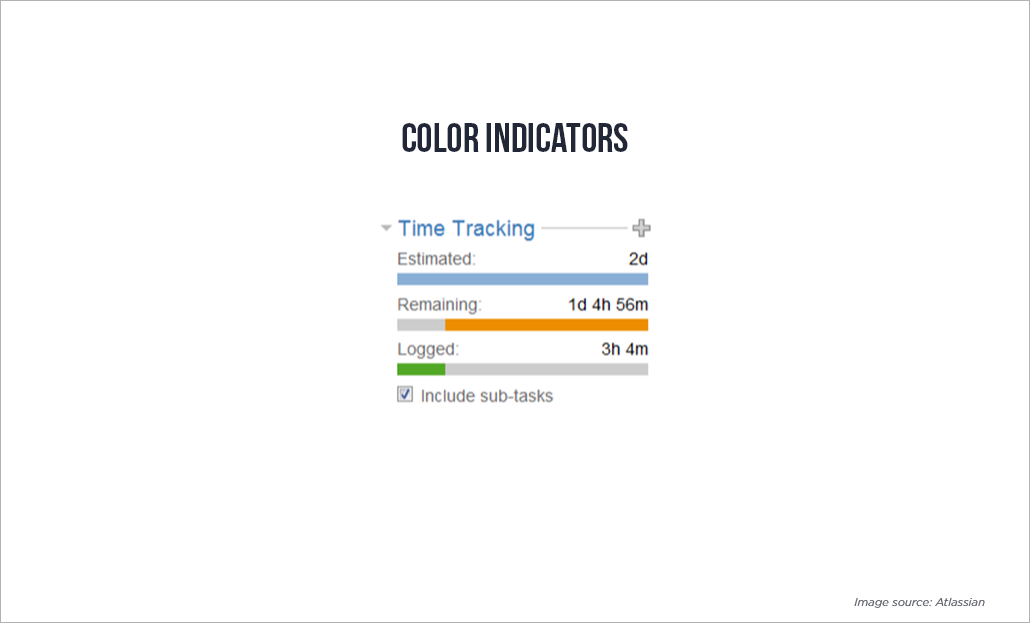
Each color comprises its own significance. They are:
- Blue – denotes the estimated time to resolve the issues
- Orange – denotes the amount of time left for fixing the issue
- Green – denotes the actual time that has been spent on the issue resolving
Portfolio for Jira
While considering the Jira features, we can’t skip the Portfolio for Jira – a product that functions on top of the Jira software. This product allows for all of the Jira tasks, agile sprints, etc., to appear under one proper planning view, empowering you to commit to high-level capacity planning and scheduling. It also enables you to arrange the work by initiative & themes, granting bonus hierarchy and permits to plan the future work based on the team’s resources as well as availability. This portfolio also supports you to detect blockages when capacity is surpassed.
Learn more about the Portfolio of Jira
Now that you’ve discovered the powerful features of Jira, why not assess how these features can improve your team's efficiency and ROI? Use our ROI Calculator to calculate the potential returns from adopting Jira in your business.
Conclusion
As Jira covers everything for the agile team, over 51,000 customers worldwide use this software. The leading brands using the Jira issue tracking software include Cisco, LinkedIn, Spotify, and eBay. Hence, with Jira, there is no lack of ways to remain in the loop.






